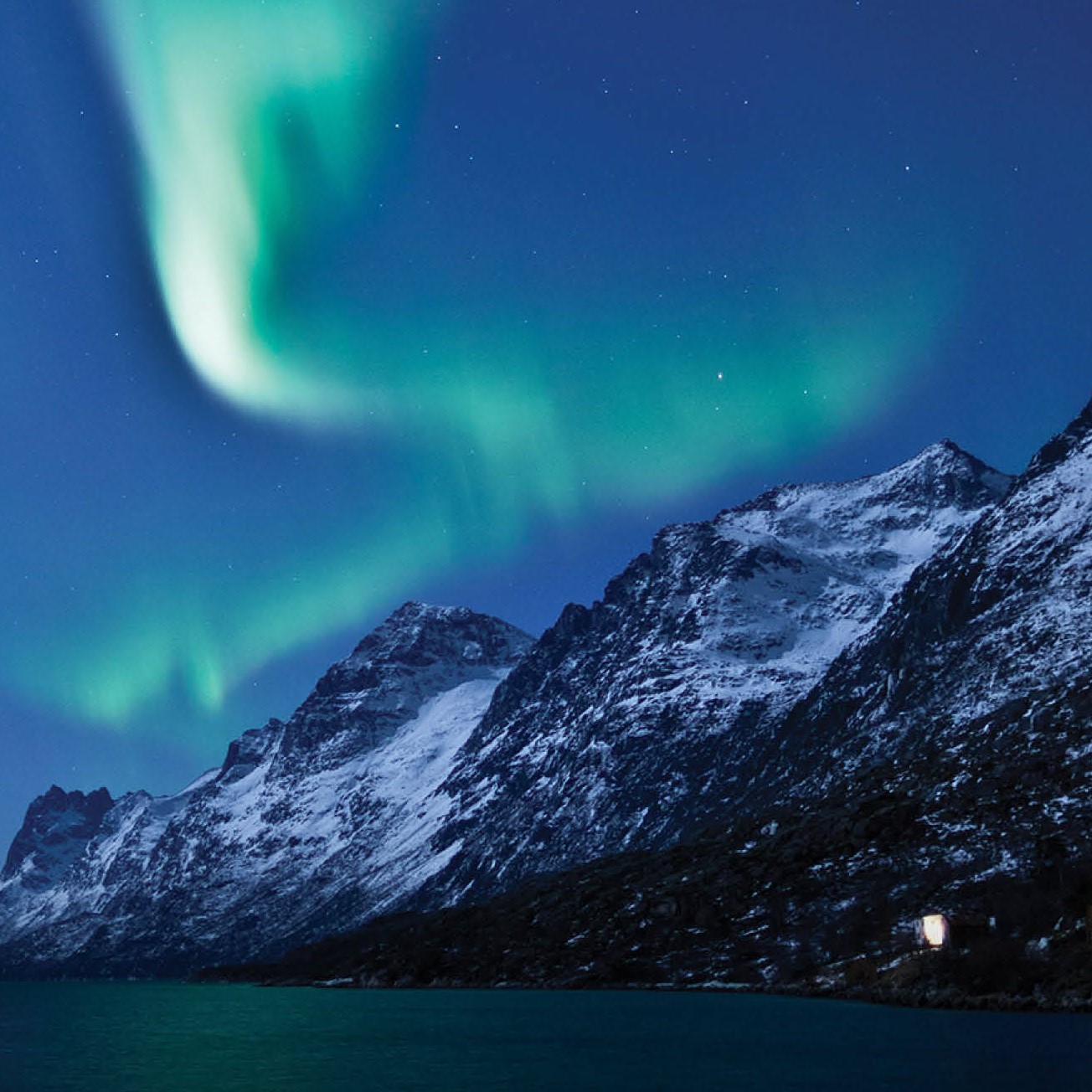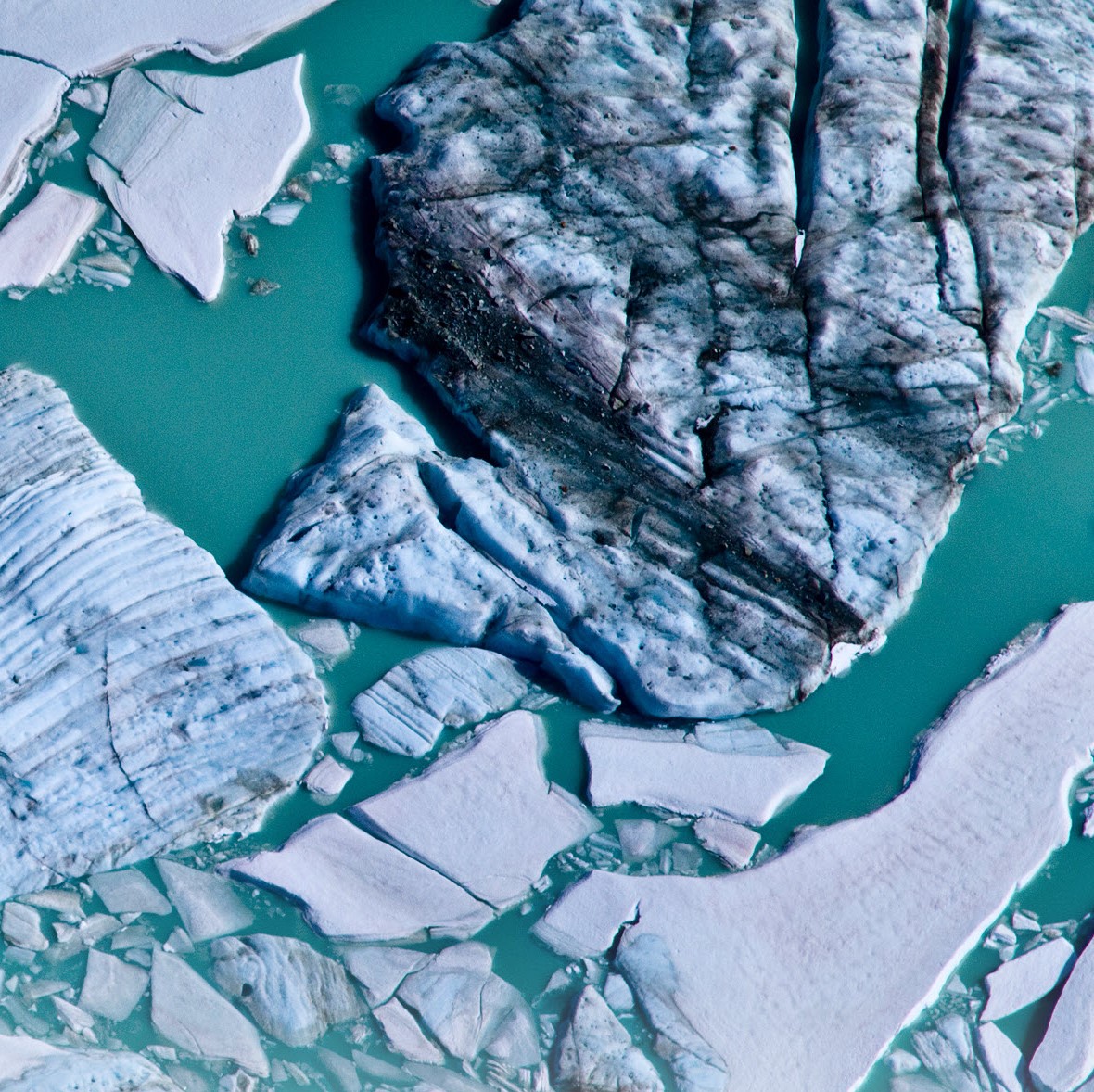
It is a great pleasure and an honor to give the citation for the 2014 Waldo E. Smith Award to Meinrat “Andi” Andreae. Andi is director of the Max Planck Institute for Biogeochemistry in Mainz. Professor Andreae stands out because of his ability to see the big picture, to identify the major questions in science, and to propose a path to solve these key questions. This has put him in leading roles in many international scientific projects and programs and international assessment studies (Intergovernmental Panel on Climate Change, World Meteorological Organization, and many others) as a member of scoping and planning teams that have developed international scientific programs, e.g., the International Geosphere-Biosphere Programme (IGBP) core projects on atmospheric chemistry (IGAC) and on -land--atmosphere interaction (iLEAPS).
His early studies showed the importance of marine biogenic sulfur emissions, in which he proposed a feedback loop between marine biota and climate, mediated through the effect of aerosols on clouds. This work structured the critical links with feedbacks between climate and natural biogeochemistry cycles in marine ecosystems and, more recently, also in terrestrial ecosystems. He has also done extensive work on global biomass burning, coordinating the Biomass Burning Experiment (BIBEX) under the International Global Atmospheric Chemistry (IGAC) project.
His investigations on the interactions of atmospheric composition with climate, land use, and the water cycle influenced IGBP to do a higher level of science integration, initiating the Integrated Land -Ecosystem--Atmosphere Processes Study (iLEAPS). Under Andreae’s leadership, the studies on aerosol-cloud interactions led to the iLEAPS–IGAC–Global Energy and Water Cycle Experiment (GEWEX) project on -aerosol--cloud--precipitation--climate interactions, a critical issue today.
Andreae was instrumental in setting up collaborations between scientists from developed countries and colleagues in developing countries in Africa, South America, and Asia. His extensive long-term collaboration with Brazil, where he was one of the initiators of the Large-Scale Biosphere-Atmosphere Experiment in Amazonia (LBA), was honored by his becoming a member of the Brazilian Academy of Sciences. Andreae is also the central scientist in the Amazon Tall Tower Observatory project, the first tall tower laboratory in any tropical region.
Andreae has been and still is an extremely productive scientist, with more than 430 published papers and more than 28,000 citations, giving him an h index of 81. Furthermore, Andi’s personal character is also important; he is always ready to help and to guide undergraduate students, technicians, and colleagues from around the world. In Amazonia, he helped build up a full generation of young scientists during his participation in LBA over the last 15 years.
Andi Andreae’s achievements in geoscience communication are truly outstanding, and I congratulate him on this well–deserved AGU honor.
—Paulo Artaxo, University of São Paulo, Sao Paulo, Brazil

Multiphase oxidation of sulfur dioxide (SO2) is an important source of sulfate in the atmosphere. There are, however, concerns that protons produce...




